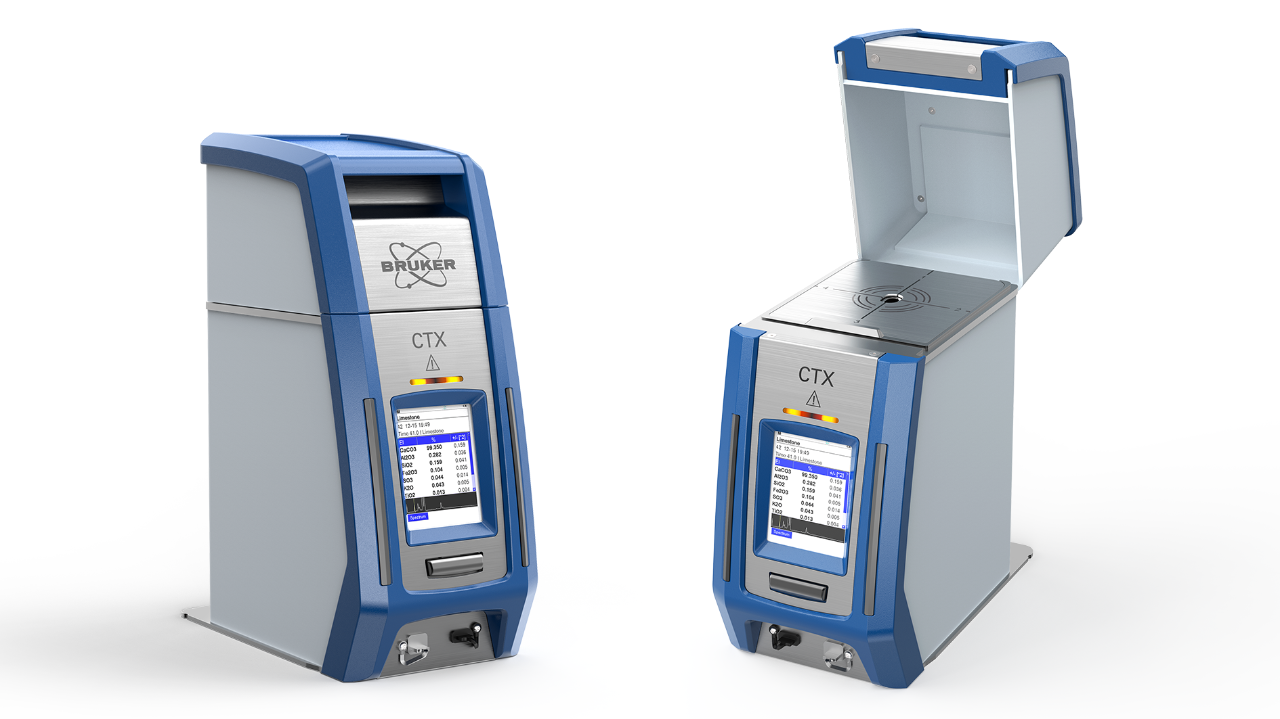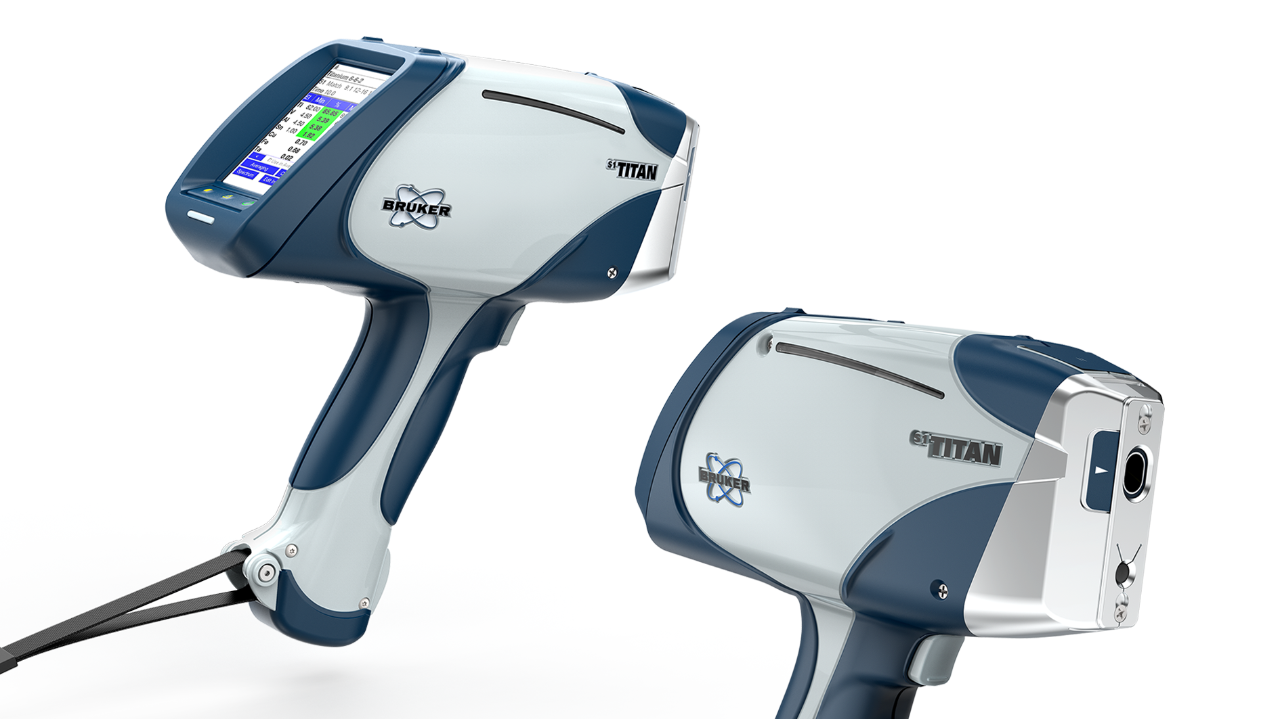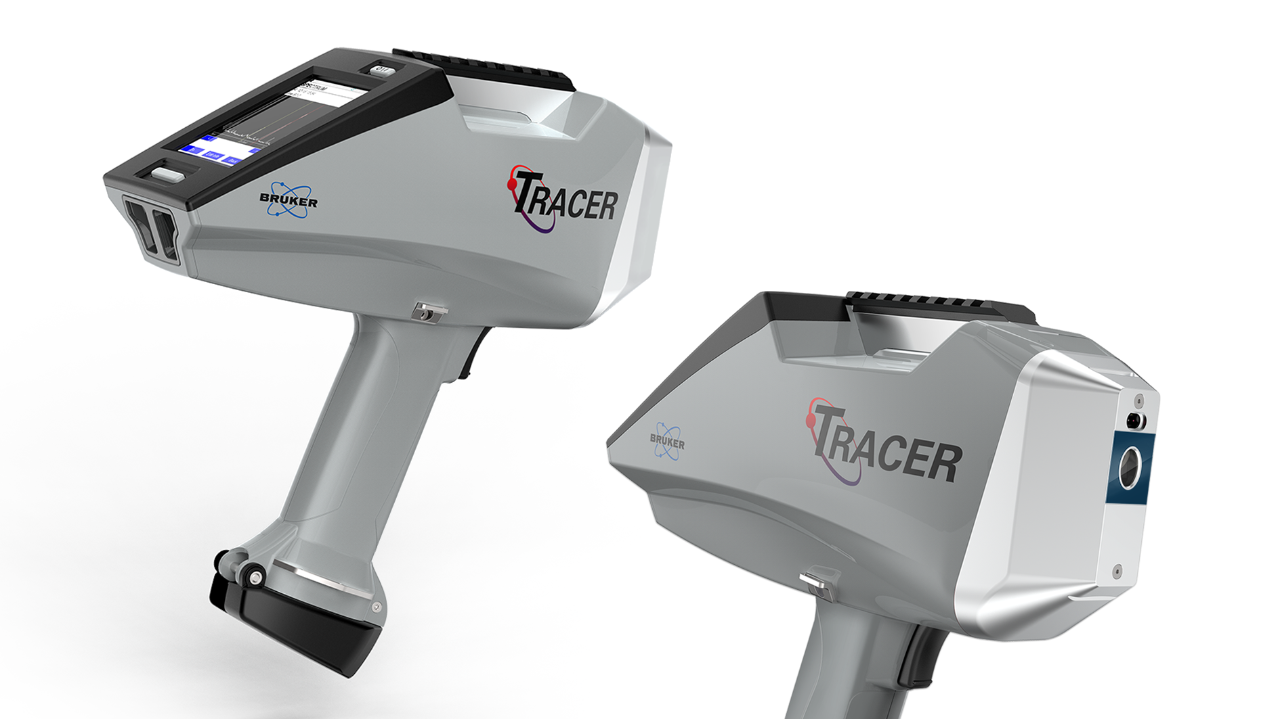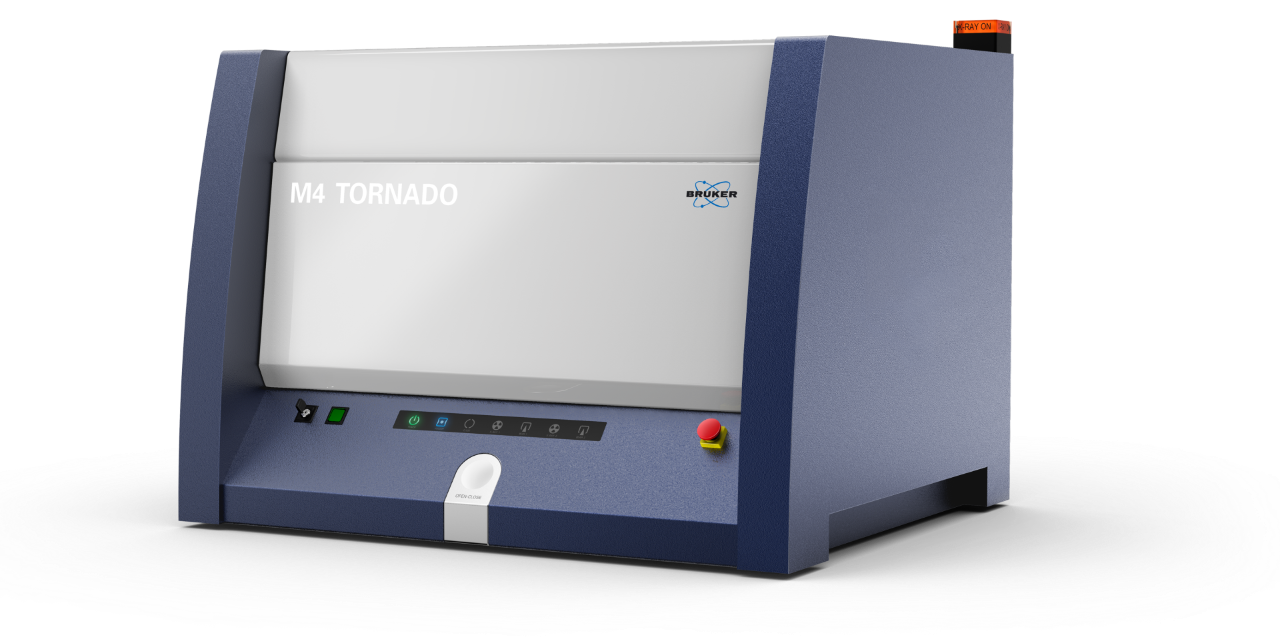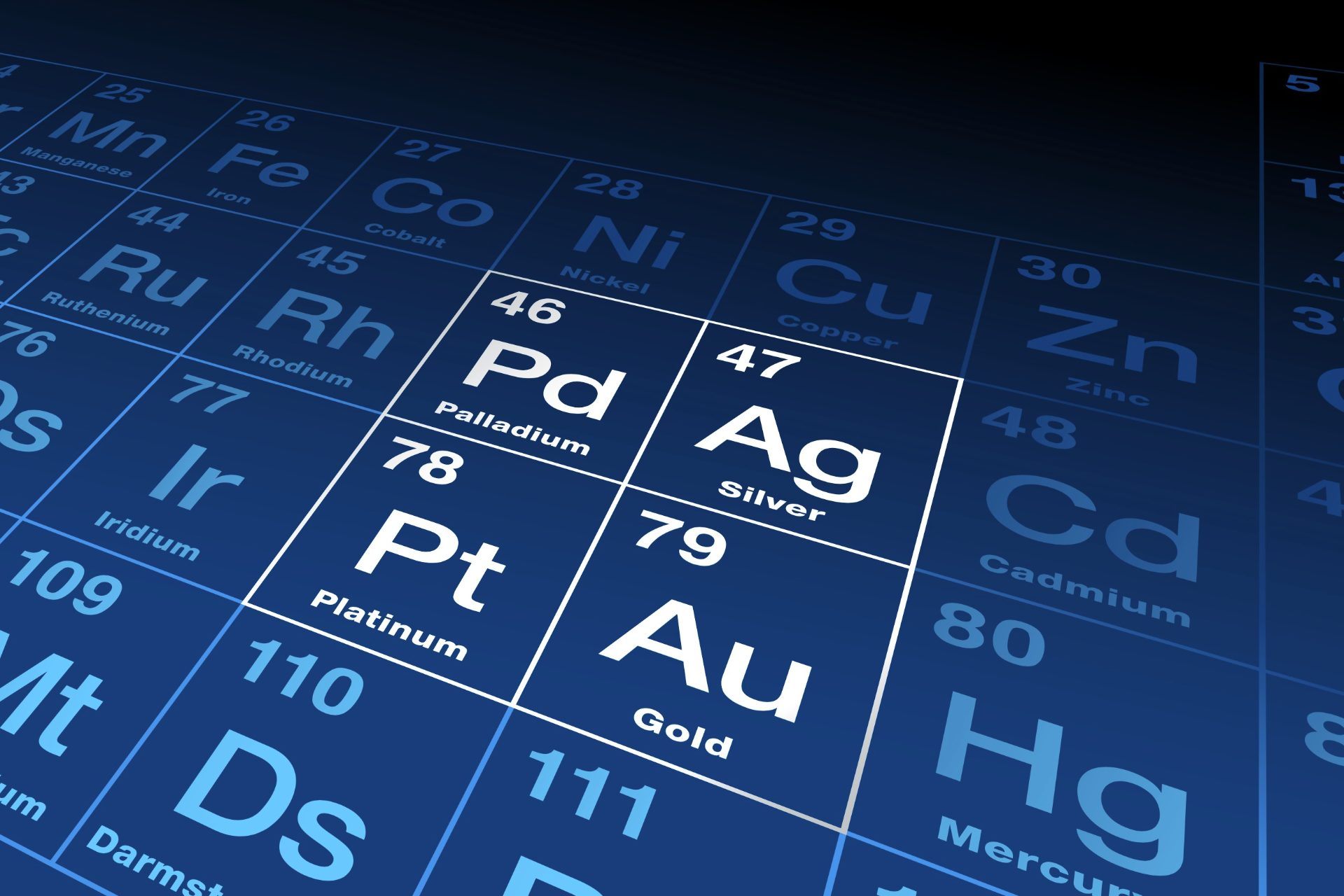

Precious Metals Testing
Non-destructive Analysis of Valuable Objects and Jewelry Made of Gold, Platinum and Silver
X-ray Fluorescence (XRF) provides a non-destructive means for the testing of jewelry, cultural heritage and other valuable objects made from gold, platinum or silver. Portable XRF (pXRF), sometimes called a XRF “gun” or handheld XRF, provides compositional and purity analysis from any location. Desktop micro-XRF can provide layer analysis in detail. Explore below Bruker’s options for XRF analysis of precious metals by specialists, recyclers, refiners and bulk jewelry professionals.
Rapid Precious Metal Analysis by Portable XRF
The S1 TITAN and CTX are portable jewelry testers that provide accurate and repeatable karat hallmarking for gold jewelry. The karat is a measure of the purity of gold, with 24 karats being pure gold. Spelled carat in UK English, this fractional measure of gold is extremely important and has been adopted as an official measure in US law. For example, 18 karat gold is 18 parts gold and 6 parts another metal (18+6 = 24). Bruker's elemental analyzers convert the elemental percentages of gold into a karat measurement.
Bruker gold jewelry testers provide gold concentration data and full alloy chemistry in as little as 2-5 seconds per sample, and testing is realized without any damage or alteration to the sample. Completely nondestructive analysis paired with accuracy within a few tenths of a percent of fire assay make testing gold jewelry easy for many businesses in the gold and industries. Some advantages of portable XRF for gold analysis are:
with Rapid measurement times ranging from 2 to 15 seconds
On-screen results with output available in percent (%), karat (Kt) or PPM
Complete alloy composition from simultaneous multi-element analysis
Light-weight and easy-to-use instrument that does not require a highly-skilled operator
Fully downloadable results for record-keeping, report-generating, and trend analysis
Silver Analysis Made Easy with Portable XRF
The S1 TITAN and CTX provide portable and robust platforms for the analysis of silver. Pure silver (Ag), known as Fine Silver or 999.5 fineness, is much too soft to use in jewelry. However, it can be used in many other applications such as electrical components, bearings for jet engines, the formation of chemicals like formaldehyde and ethylene oxide and much more. Typically, for jewelry, silver is alloyed with another metal such as copper (Cu) to provide strength. Sterling Silver (Ag), the world standard for silver jewelry, contains 92.5% silver and usually 7.5% copper. Example applications for portable XRF include:
Silver jewelry manufacturers can verify the purity of the silver they purchase to make jewelry as well as monitor their own process in alloying pure silver.
Jewelry dealers can determine silver purity on the spot before they purchase coins, jewelry or “pure” silver
Recyclers can identify silver content in electrical components, batteries and catalysts
Museums can authenticate and provenance photographs based on silver content (as well as other elements) of the paper
Silver content in artifacts can help determine provenance
Platinum group elements valuation with XRF
When buying, selling or recycling Platinum Group Metals (PGMs)—Platinum (Pt), Palladium (Pd) and Rhodium, it is important to be able to determine purity fast, effectively and reliably. The Bruker S1 TITAN or CTX can provide the confidence and speed needed to make the most of the market today. In mere seconds, the purity and value of platinum and other precious metals can be determined:
Laboratory quality results from a compact, battery powered instrument
No hazardous waste, chemicals, or consumables
Accurate measurement of metal content where it matters, for example between 93% and 95% platinum
Excellent correlation to lab results, without the high cost of sending samples to an outside lab
Other important elements analyzed in addition to PGMs- Cerium (Ce), Lanthanum (La), Iron (Fe), Nickel (Ni), and Copper (Cu), Zinc (Zn), Zirconium (Zr), Barium (Ba), Osmium (Os), and Lead (Pb)
